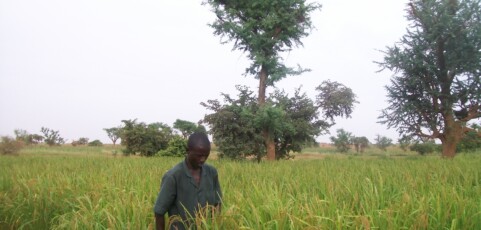Started in 2013 to 2013 by ONGAGDL FAHAMEY IRI BONSE AND COMMUNITY in Twenty (20) villages vulnerable in the center – north of the Region of Tillaberi where The agricultural production system in the target area is based on rainfed agriculture based on the cultivation of millet, sorghum, cowpeas and groundnuts on depleted soils.
In addition, rainfall is low and poorly distributed and there is a gradual decline in productivity (300kg per hectare of millet) and a continuing degradation of existing agroforestry areas are an important source of income and food for people; and a disappearance of the soil itself as a natural resource. Population pressure (human and animal) complicates the scenario, and there is a difficult food situation. A situation made even more precarious by the alternation of good and bad crop years due to drought unpredictable. The people in the area consider rice as a ceremonial meal that is consumed during festivals, weddings and baptisms which often forced the heads of households to sell millet is consumed 12 out of 12 months at a low price to pay for the rice very expensive day parties. Improving the precarious food situation and the fight against land degradation require a diversification of agricultural production systems. The introduction of rice cultivation ponds is on the one hand more adapted to the environment, and other high-performance and high economic potential in production systems represent a promising way to food security; generation of income and environmental protection





